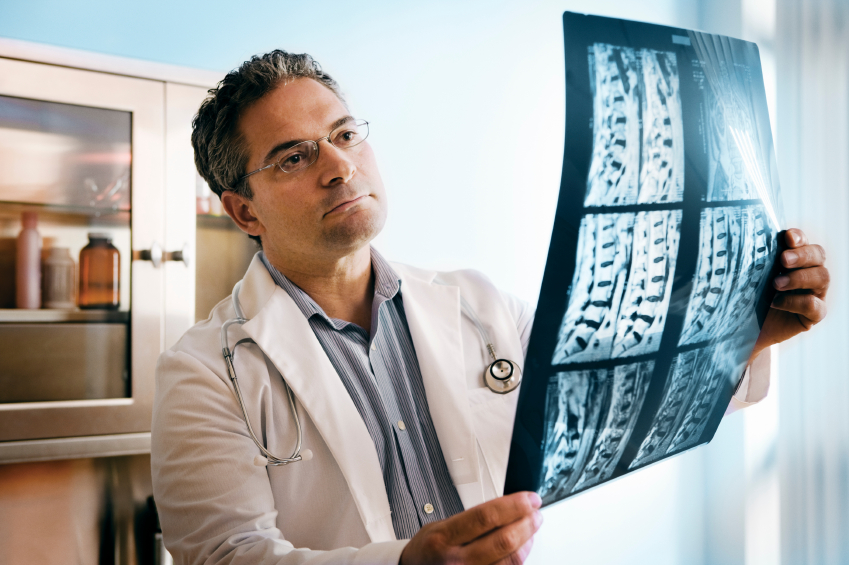All physicians can benefit from extra revenue, and today, it is easier than ever before to add services to your practice that cost little to start but can bring in a great deal more income. I’m sure you have thought about what you could do with extra revenue. You could increase practice revenue and grow your practice, increase salaries for your employees, provide better insurance and education for your staff. You could even make renovations to the building, adding up-to-date equipment that will improve patient services.
Doctor dispensing is an ancillary service that is proving to be a winner when it comes to increasing practice revenue. It’s a winner because it does not cost much money to implement, yet your return on investment is very attractive.
In office dispensing is the real money maker for you here, but there are many options to help increase practice revenue. Following the below suggestions can help you increase practice revenue by prescribing and filling prescriptions at your office.
Dispense Durable Mobility Devices
Durable mobility devices refer to specific items that help your patients who have experienced illnesses or injuries. They can also help the elderly who need assistance completing daily tasks.
Some patients require the use of mobility devices such as wheelchairs, canes, crutches and walkers. Patients who have injuries or diseases that make it difficult for patients to move around. The availability of durable medical equipment has improved the quality of life for many patients who would otherwise not be able to function.
By providing durable medical equipment in your office, you are helping your patients receive immediate assistance as well as working to increase practice revenue. Most insurance companies will pay for the equipment. However, patients can purchase them outright when they want.
Dispense Personal Care Aids
Personal care aids can help your patients monitor their own vital signs. Heart monitors allow patients to check if there are any abnormalities in their heart rate. If so, they know to contact you. Heart monitors are also a way for you to measure how their heart, so you can make a better diagnosis.
Blood pressure monitors are another example of personal care aids. Checking blood pressure several times a day can prevent further damage to a patient’s health. They can keep records of their blood pressure and report them to you.
People with diabetes need to be able to check and monitor their blood sugar numbers throughout the day. Knowing these numbers can enable a patient to know what to do to control insulin levels. Doing so can literally save the life of a diabetic.
Dispense Prosthesis and Orthotics
Some of your patients may have lost a limb or been born without a limb. A prosthetic limb can give your patient the ability to complete tasks they would otherwise not be able to do. It can give them back their independence, which is one thing they desire.
Even if your patient has not lost a limb, they may still have problems with them. Some patients may require orthotics due to foot related injuries or deformities. Orthotics can offer a patient freedom from pain and normality and can increase practice revenue for you if you provide them directly.
Dispense Medical Supplies
Medical supplies are much different than medical equipment. Supplies are disposable. They are typically used one time and then thrown away.
Medical supplies consist of bandages, gauze, and tape. Other supplies include irrigation tools and rubber gloves that can prevent contamination.
Needles and test strips are considered medical supplies also.
Supplies can be used by the patient, the doctor, nurse and even the caregiver. They are made to increase patient self-care, while preventing the spread of any diseases or infections.
Increase Practice Revenue: Dispense Common Medications
The real money maker is direct dispensing though. Dispensing only the most common medications you prescribe keeps your inventory low but your returns high. You are not required to stock one or two of every medicine available. Instead, you pick medications to store based on the needs of your patients only to increase practice revenue and efficiency.
Some common medications include anti-depressants, blood pressure medications and drugs for controlling cholesterol. Other common medications include diabetic medications, as well as insulin and supplies.
Thyroid issues are becoming increasingly problematic among women and men around the world, making medicines such as Synthroid common.
Many of your patients will visit you due to allergies, nausea and vomiting, attention deficit disorders, and asthma. There will be injuries suffered by your patients such as burns, cuts, and fractures. These can be treated with medicines and supplies at the point of care.
Dispense Controlled Substances
Many patients require treatment with the use of pain medication. You may be hesitant to prescribe pain medication due to the drug problem facing America today. However, by prescribing controlled substances at the point of care, you have a lot more control.
You can control how many pills your patients receive. You control whether they get a refill or not. You can track their refill requests. You can test their blood to see if they are compliant. You can dispense one pill a day, if that is what is needed.
The point is, you get to control how your medicines are used in treatment. There are good patients, who do need pain medicine, that will not abuse the medicine. Don’t let the ones in actual need suffer because other patients abuse the medicine.
Practice safety and use your expertise to determine the patients who will benefit from a controlled substance. Limit the amount you prescribe and continue to treat the patient until they no longer need the medicine.
These are a few ways to increase practice revenue directly. However, you will also notice indirect ways of increase practice revenue. For instance, point of care dispensing increases patient satisfaction; and satisfied patients are loyal patients.
Doctor dispensing saves your patients time. Avoiding the travel and waiting times they would spend at the pharmacy, they can spend that time recovering. Patients feel as if they can start their healing right away, not hours later.
They also make referrals to family and friends, who will want to become patients of your practice. Your business grows, as well as the amount of income you make. When you increase practice revenue it can lead to the ability to add other ancillary services.




